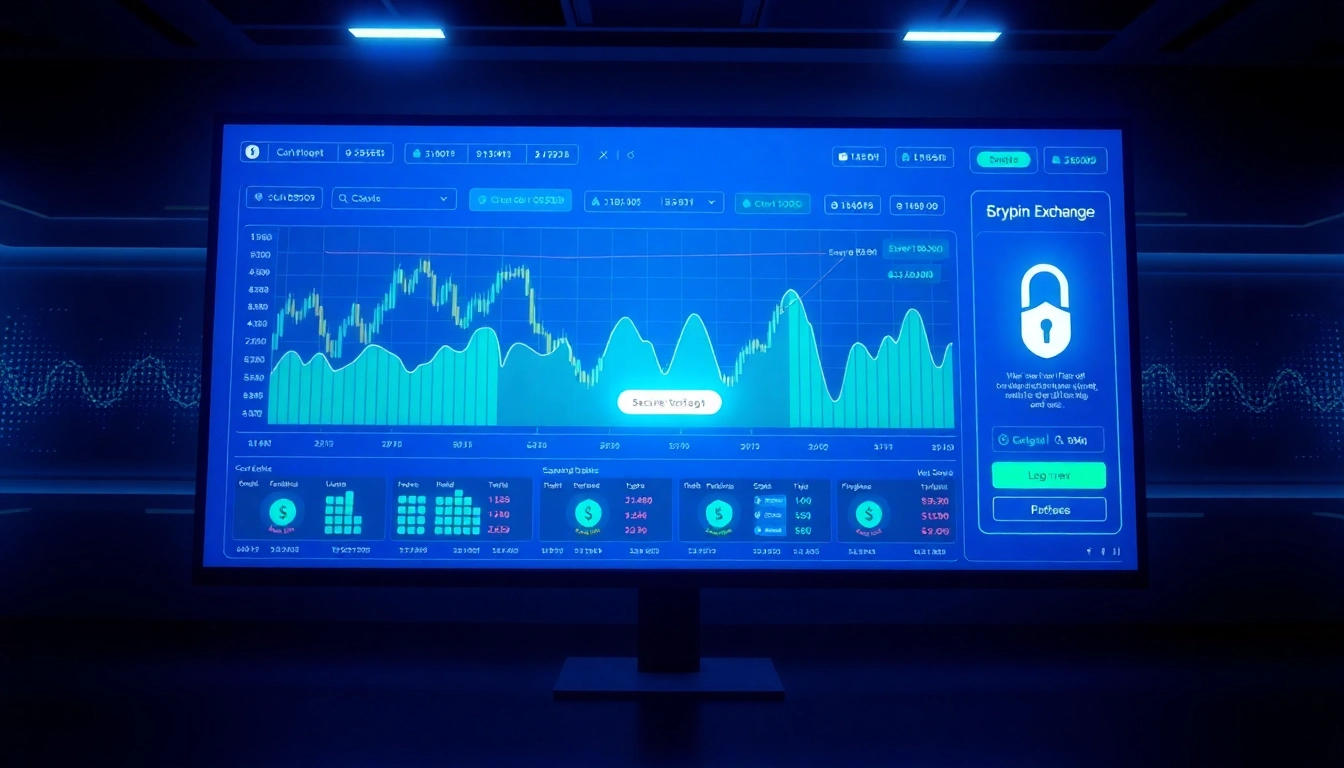Understanding the Critical Role of a Crypto Exchange in Modern Digital Finance
In recent years, the landscape of digital finance has been rapidly transformed by the proliferation of cryptocurrency markets. Central to this revolution is the crypto exchange — a platform where traders, investors, and enthusiasts buy, sell, and trade digital assets. As the backbone of the crypto ecosystem, choosing a reliable and efficient exchange is paramount for security, profitability, and growth in this volatile yet lucrative space. This comprehensive guide delves into the essential aspects of crypto exchanges, factors influencing their selection, and emerging trends shaping their future.
Understanding the Basics of a Crypto Exchange
What is a crypto exchange and how does it work?
A crypto exchange is a digital platform enabling users to trade cryptocurrencies for other digital currencies or traditional fiat money. These platforms act as intermediaries that match buy and sell orders. For example, a user looking to buy Bitcoin can place an order specifying the amount and price, which the exchange then matches with a seller’s order. Most exchanges facilitate a wide range of cryptocurrencies, provide real-time market data, and support various trading styles such as spot trading, futures, and margin trading.
At a fundamental level, crypto exchanges operate through order books that record all bids and asks, liquidity pools to ensure smooth transactions, and secure wallets to store digital assets. Some platforms also provide advanced trading features, analytics, and automation tools catering to experienced traders and institutions.
Key features to look for in a reliable platform
When selecting a crypto exchange, several features are vital for secure, efficient, and user-friendly trading:
- Security protocols: Multi-factor authentication, cold storage, and encryption to protect assets and user data.
- Ease of use: Intuitive UI/UX that caters to newcomers and experienced traders.
- Liquidity and volume: High liquidity ensures minimal slippage, competitive prices, and swift transactions.
- Supported cryptocurrencies: A broad list of coins and tokens to diversify investment strategies.
- Regulatory compliance: Adherence to local and international regulations to ensure safety and legality.
- Customer support: Responsive assistance to resolve issues quickly and effectively.
- Trading tools and analytics: Charting, technical indicators, and automation options for sophisticated trading.
Types of crypto exchanges: centralized vs decentralized
Crypto exchanges are broadly categorized into two types:
- Centralized Exchanges (CEXs): These platforms, such as Binance or Coinbase, are operated by centralized entities that control user funds and facilitate trades through internal order books. They offer higher liquidity, faster transactions, and advanced features but require users to trust a third party with custody of their assets.
- Decentralized Exchanges (DEXs): Platforms like Uniswap or SushiSwap enable peer-to-peer trading directly from user wallets using blockchain protocols. DEXs enhance privacy, reduce single points of failure, and foster more control over assets but often face issues with liquidity and transaction speed.
Choosing between CEXs and DEXs depends on user preferences for security, control, and trading volume.
Factors Influencing Crypto Exchange Selection
Security protocols and login protections
Security remains a top concern in crypto trading. The best exchanges implement multi-layered protections such as two-factor authentication (2FA), biometric verification, and anti-phishing measures. Cold storage of assets, regular security audits, and transparent incident reporting further reinforce trust. An exchange’s reputation for safeguarding user funds can make or break user confidence, especially amid rising cases of hacking and scams.
Trading fees, commissions, and hidden costs
Cost efficiency is critical for traders. Most exchanges charge trading fees based on a maker-taker model, which incentivizes providing liquidity and executing trades. While some platforms offer zero-fee or low-fee trading, others may impose withdrawal fees or hidden charges through poor exchange rate margins. Comparing fee structures across exchanges helps traders optimize profitability.
Supported cryptocurrencies and trading pairs
Flexibility in trading options is essential. Leading platforms support hundreds of cryptocurrencies and pairing options, enabling traders to diversify portfolios effectively. Advanced exchanges also list emerging tokens, stablecoins, and offer derivatives, catering to different investment strategies.
Evaluating User Experience and Platform Performance
Interface usability and customer support
An intuitive interface that caters to both novices and experts streamlines the trading process. Responsive customer support, via live chat, email, or phone, is vital for resolving issues that can arise unexpectedly. Platforms with comprehensive FAQ sections, educational resources, and active community engagement further enhance user confidence.
Mobile accessibility and API integrations
The ability to trade on-the-go through mobile apps ensures no opportunity is missed. Moreover, API integrations enable professional traders to automate strategies, connect with trading bots, and integrate the platform into larger financial workflows.
Speed, liquidity, and transaction reliability
High-speed order execution minimizes slippage and improves trade precision. Liquidity pools and market depth indicators help traders gauge the ease of executing large orders without impacting market prices. Reliable transaction processing, with minimal downtime, is indispensable for consistent profitability.
Smart Strategies for Trading on Your Chosen Exchange
Understanding market trends and volume analysis
Staying informed about market sentiment and analyzing trading volumes can reveal impending moves like altcoin season or Bitcoin bullish trends. Tools such as Moving Averages, RSI, and order book analytics assist traders in making data-driven decisions.
Implementing risk management techniques
Effective risk management includes setting stop-loss and take-profit orders, diversifying assets, and controlling leverage. Managing emotions and adhering to disciplined trading plans prevents impulsive decisions that could lead to significant losses.
Leveraging advanced order types and trading tools
Trades can be optimized through options like limit orders, trailing stops, and OCO (One Cancels the Other). Many exchanges also provide charting tools and real-time alerts, empowering traders to respond swiftly to market movements.
Future Outlook of Crypto Exchanges and Market Trends
Emerging technologies shaping the platform landscape
Innovation continues to drive the industry. Integration of artificial intelligence (AI) for predictive analytics, blockchain scalability solutions, and biometric security features are setting new standards. Decentralized finance (DeFi) integration and interoperability protocols are expanding trading options across platforms.
Regulatory impacts and compliance requirements
Regulatory clarity, especially in key markets such as the US and Europe, influences platform operations and user trust. Exchanges must navigate KYC/AML requirements and adapt to evolving policies to remain compliant and secure.
Innovations boosting user participation and security
Upcoming developments include improved user onboarding experiences, insurance for digital assets, and transparent audit logs. These innovations foster a safer environment, encouraging more traders and institutional involvement.



